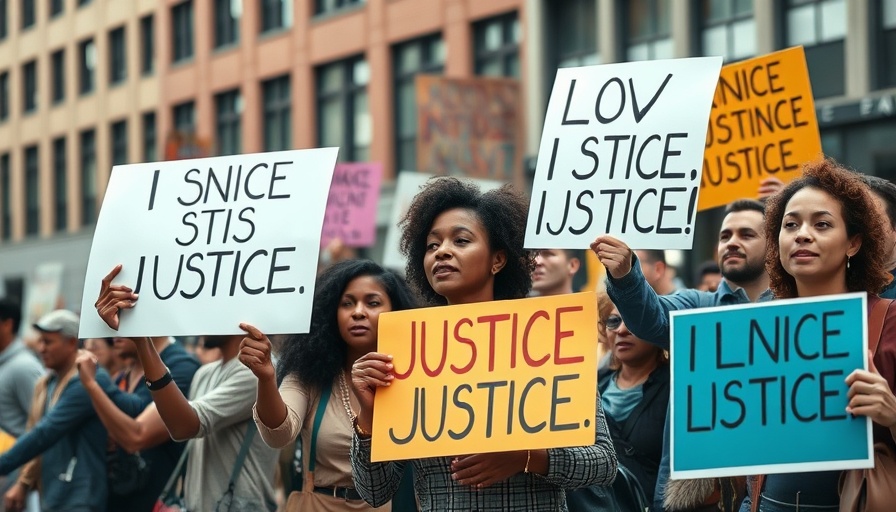
The Duncan v. Bonta Decision: A Landmark Case for Police Reform
The recently published opinion in the case of Duncan v. Bonta has significant implications for law enforcement agencies and public safety policies across the nation. This decision not only addresses Second Amendment rights but also carries broader themes relevant to police reform and the community's trust in public safety systems.
Understanding the Context of Duncan v. Bonta
In Duncan v. Bonta, the central issue at hand revolved around the legal interpretations of Second Amendment rights in the context of California’s assault weapons ban. The Ninth Circuit Court’s opinion shed light on how legislation impacts both user rights and policing practices. The ruling is pivotal for police departments navigating the complex landscape of enforcing gun laws while adhering to citizens’ constitutional rights.
The Intersection of Policy, Safety, and Community Relations
This ruling underlines the importance of aligning police accountability and community policing. Policymakers must consider how legislation influences officer interactions with the public. Enhanced communication strategies and community engagement initiatives become essential in fostering trust. Insights from this case highlight the need for transparent recruitment innovation strategies that prioritize diverse community input to improve policing tactics.
Impact on Future Legislation and Law Enforcement Practices
The outcome of Duncan v. Bonta will likely serve as a benchmark for future legal frameworks concerning weapons legislation and its enforceability. Law enforcement leaders must adapt their use of force policies and crisis intervention strategies in response to evolving legal landscapes. Procedures that emphasize procedural justice are crucial for cultivating a lasting relationship with community stakeholders.
Bridging the Gap: What Can Be Done?
To move forward positively, police departments need to invest in public safety data analysis strategies and technological advancements in policing. Body camera footage and analytical tools can improve accountability and help departments refine their community policing strategies to facilitate collaborative responses to crime and safety. Furthermore, exploring traffic safety initiatives and officer wellness programs can bolster overall effectiveness in improving public safety.
Conclusion: The Path Ahead
The implications of Duncan v. Bonta extend beyond mere compliance with legal rulings; they challenge stakeholders in law enforcement to rethink approaches to policing in a rapidly changing societal landscape. As the dialogue around police reform continues, it is vital for agencies to leverage these discussions to enhance their operational effectiveness while fostering community trust. Policymakers and law enforcement agencies must remain proactive, recognizing that every legislative change is an opportunity for growth and improvement.
 Add Row
Add Row  Add
Add 

 Add Element
Add Element 




Write A Comment